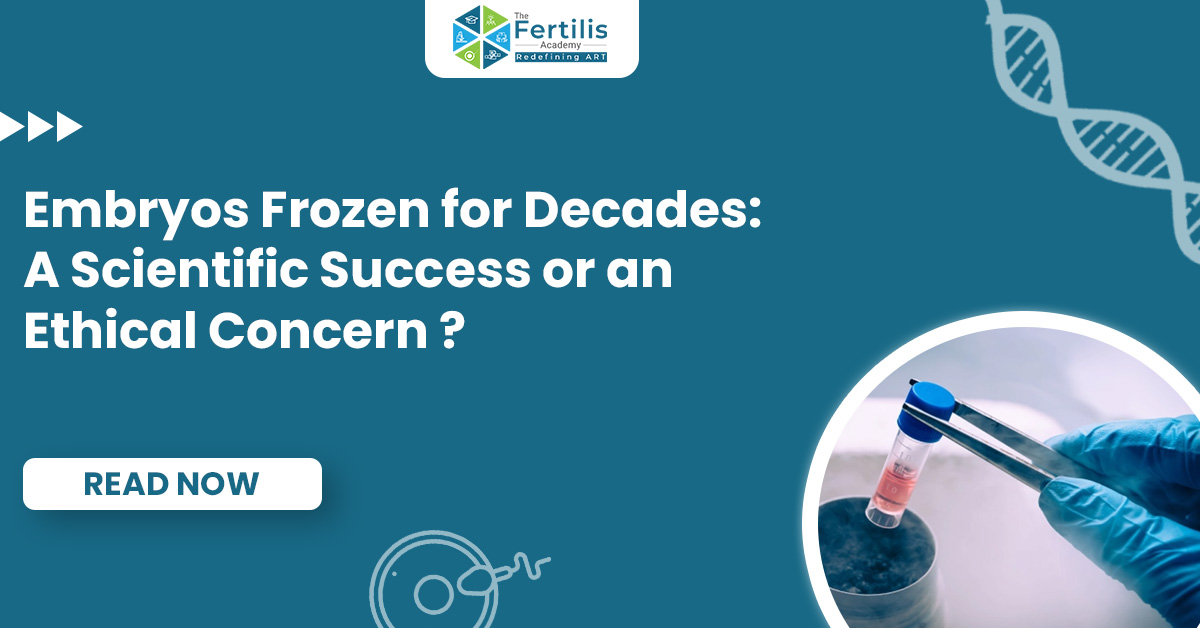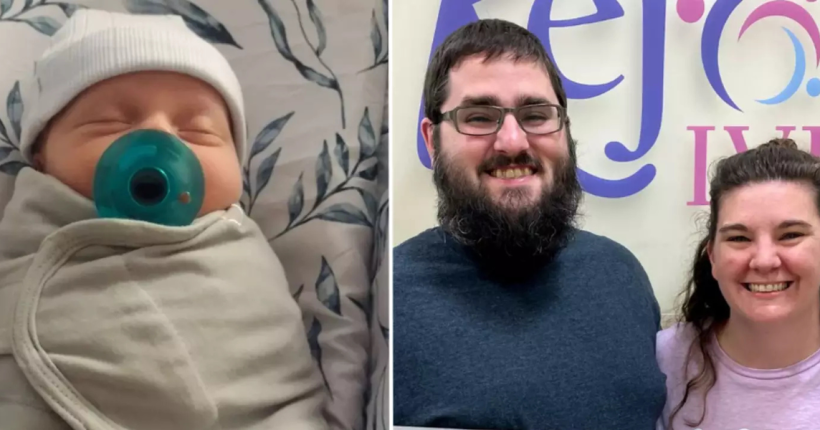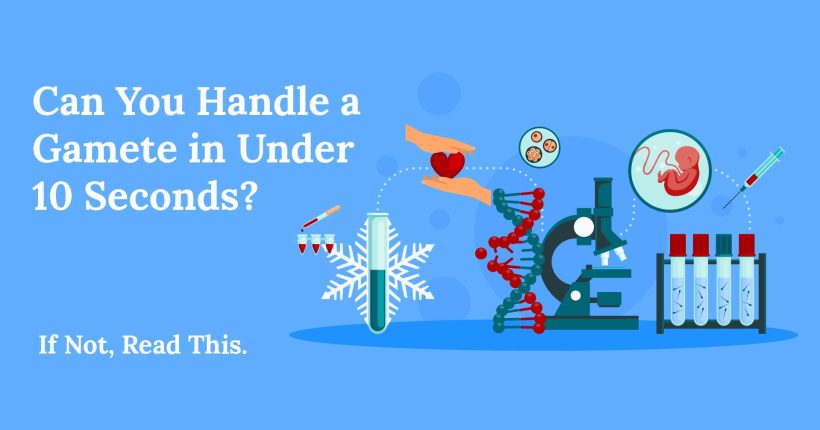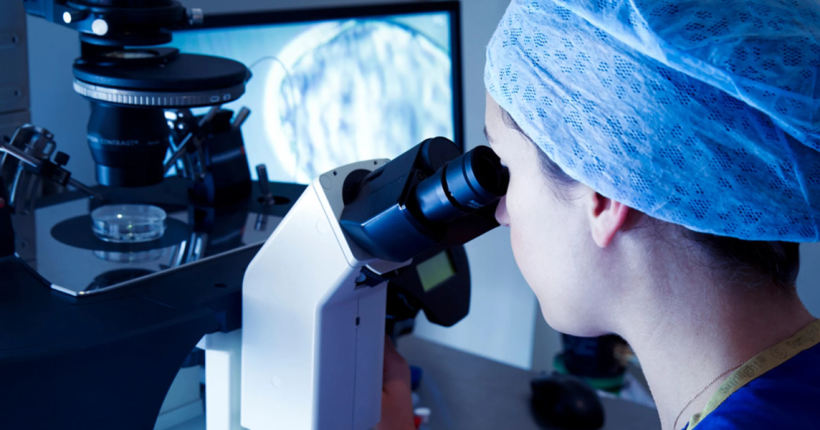On July 26, 2025, Lindsey and Tim Pierce of Ohio welcomed a baby boy, Thaddeus Daniel Pierce, into the world — not via conventional conception, but via an embryo that had been cryopreserved since May 1994
This event now holds the record for the longest-stored embryo to result in a live birth: approximately 11,148 days in storage
The embryo originally belonged to Lydia Archerd and her then-husband. After one embryo from the same batch was used to birth a daughter in 1994, the remaining embryos remained frozen for decades. In 2022, Archerd donated them via an embryo adoption program through Nightlight Christian Adoptions, allowing them to be adopted and transferred to the Pierce family
This astonishing outcome, while a scientific triumph, also opens a multifaceted ethical conversation about embryo storage, donor consent, identity, and the responsibilities of reproductive medicine.
While this is a scientific milestone, it also prompts deep ethical reflections.
Key Ethical Concerns
1. Informed Consent Over Time
When embryos are created and stored, patients typically sign consent agreements. But those agreements often do not anticipate decades-long storage or future technologies.
- Should consent remain valid forever — even if patients intentions or life circumstances change?
- What if patients later wish to retract or modify their consent?
2. Ownership, Disposition & Abandoned Embryos
An estimated 1.5 million frozen embryos remain in storage in the U.S., many in legal limbo as “donors”decide their fate.
- Who has the right to decide their use, donation, research, or disposal?
- Are embryos abandoned by default?
- Should clinics adopt expiration or review policies for long-stored embryos?
3. Rights & Status of the “Embryo”
In 2024, the Alabama Supreme Court ruled that frozen embryos have legal status akin to children, triggering uncertainty in IVF practice and clinic liability.
- If embryos are granted legal status, what responsibilities do clinics and patients have?
- Does granting rights to embryos limit scientific research or reproductive autonomy?
4. Identity, Ancestry & Psychological Impact
A child born from an embryo donated after over 30 years of freezing may grapple with unique identity questions:
- Who are their siblings or family peers?
- Should they know their genetic origins?
- How do donor–recipient relationships evolve over decades?
5. Safety, Risk & Long-Term Outcomes
While this success is promising, it remains one case.
- Are there unknown long-term risks in such delayed implantation?
- What about epigenetic changes or developmental concerns?
- How do we responsibly extrapolate from singular cases?
6. Resource Allocation & Equity
Cryogenic storage is expensive and resource-intensive.
- Who bears the cost?
- Does indefinite storage advantage better-funded individuals/centers?
- Should there be ethical limits or guidelines on how long embryos can be stored?
Broader Implications & Reflections
The story of Thaddeus Pierce is not just one of technological triumph — it forces us to confront the moral architecture underlying assisted reproduction. It illustrates that while science can stretch the boundaries of biology, we must anchor those capabilities within frameworks of responsibility, consent, equity, and foresight.
For IVF clinics, policy makers, and patients alike, this event signals the need to revisit consent forms, storage policies, and post-storage care protocols. It invites the fertility community to ask: How long can we freeze safely & how long should we take the consent for freezing ?
And if so, under what oversight and governance?
This Ohio birth is remarkable, but it isn’t a final answer. Rather, it’s a call to deepen our ethical commitments even as we advance our technical possibilities.
Why This Matters for the Fertility Community
This case is more than a scientific milestone; it is a reminder that science races ahead, but ethics must keep pace. Fertility professionals must balance patient hopes with policies around storage limits, donor consent, and transparent communication about long-term outcomes.
At Fertilis Academy, we believe that groundbreaking cases like this demand not just admiration but also education and preparedness. Our training programs — both online and hands-on — are designed to empower clinicians, embryologists, and fertility professionals with the knowledge to navigate both the scientific techniques and the ethical frameworks that define modern ART.
If you want to stay ahead in reproductive medicine, understand the science, and engage with the pressing ethical questions shaping our field — join Fertilis Academy’s courses today.
Explore our courses in IVF, ICSI, Reproductive Genetics, and more:
🔗 www.thefertilisacademy.com
📞 Contact our team: +91 98990 09497





